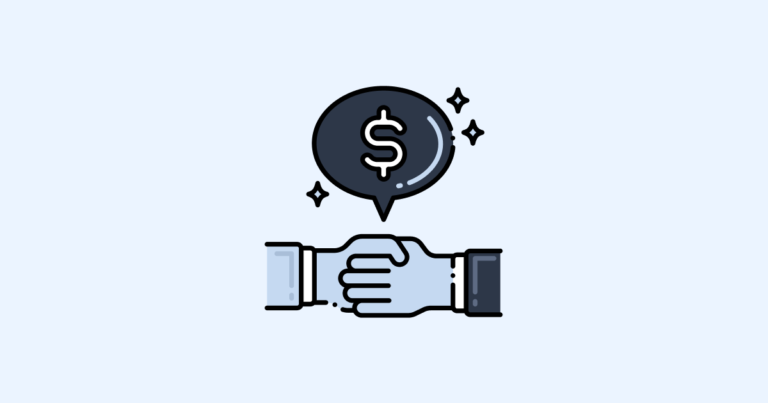Running a large discount or lifetime deal allows you to drive significant amounts of users (and revenue), which can later be upsold for revenue expansion or leveraged for network effects.
Why it’s a good idea
Offering a sizable discount (75% or more off) doesn’t seem like a great idea for all products, but for those that get more valuable based on how many users they have (network effects), or those that have other ways to monetize continually (transaction fees, etc.), these can be outstanding growth campaigns.
The leading “entrepreneur” deals sites have substantial audiences and can push tens of thousands of new users into your product. If you price correctly and account for their take (typically 50-75%), these campaigns can provide sizable cash flow infusions.
The audiences tend to be very similar with all of the major options, which is to say, younger entrepreneurs (many non-US).
🌟 This Guide is Part of a Series of Marketing Patterns
For more free and ready to use marketing strategies just like this one, view the full marketing patterns library.
Strategy Analysis
The primary hurdle with lifetime deals is expanding lifetime value (LTV).
In our experience, these users tend to be on the lower side of valuable. Likely, the vast majority (60%+) of referred users who purchase the deal won’t ever activate or use the accounts.
As with most bargain-seeking audiences, the expectations need to be very clear upfront.
Additionally, support costs seem to be higher for these users than those from other channels. Many products have chosen to remove support from these plans.
If you consider the context, you’ll see why these drawbacks make sense. Most of these users buy a solution that they haven’t evaluated or actively sought out before the lifetime deal promotion. They’re unlikely to have a good understanding of your capabilities and their requirements.
The most common way to handle these campaigns is to create a distinct lifetime deal plan with minimal usage (typically equivalent to a slightly upgraded free tier).
In our experience, the best way to push upgrades is to put usage limits. Users can become angry if the lifetime deals provide insufficient access to get any benefit from the product. By providing a baseline of access and functionality, only the users who engage with the product deeply and repeatedly will be asked to upgrade, which are also the users most likely to take the offer.
Due to the volume of new users, you should consider leveraging these users for a referral program. At the minimum, ask for social shares.
Based on our experience, you should be able to negotiate an additional promotion or extended availability. Many deals sites will run advertising around each deal, and you may be able to piggyback on much of this. Driving your own traffic could prove fruitful, and you should negotiate either an affiliate cut or a reduced vig on sales that you refer.
Get full disclosure on how many emails will be sent to their audience and how much (and what kind of) promotion will be done. Feel free to ask for additional blasts! Many deals last for a week, but most sites have some form of extended availability, which is often long term placement in a store (with a lesser discount).
Pro tip: Make sure to exclude these audiences from retargeting efforts since they are not traditional sales funnel visitors (you will receive a tremendous amount of unqualified traffic due to the deal).
Tech and Tools
Most deals sites will require a list of coupon codes to be given, which necessitates a redemption system. You should only allow each code to be redeemed once and be able to provide a list back after a certain period of which were redeemed and which weren’t. Real World Examples
Real World Examples
Here are a list of the primary sites to target:

